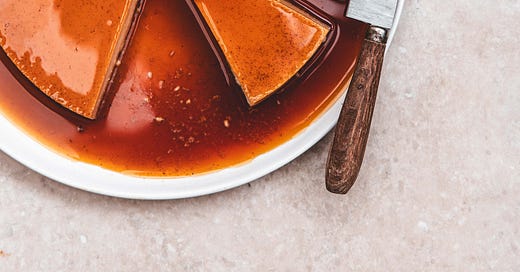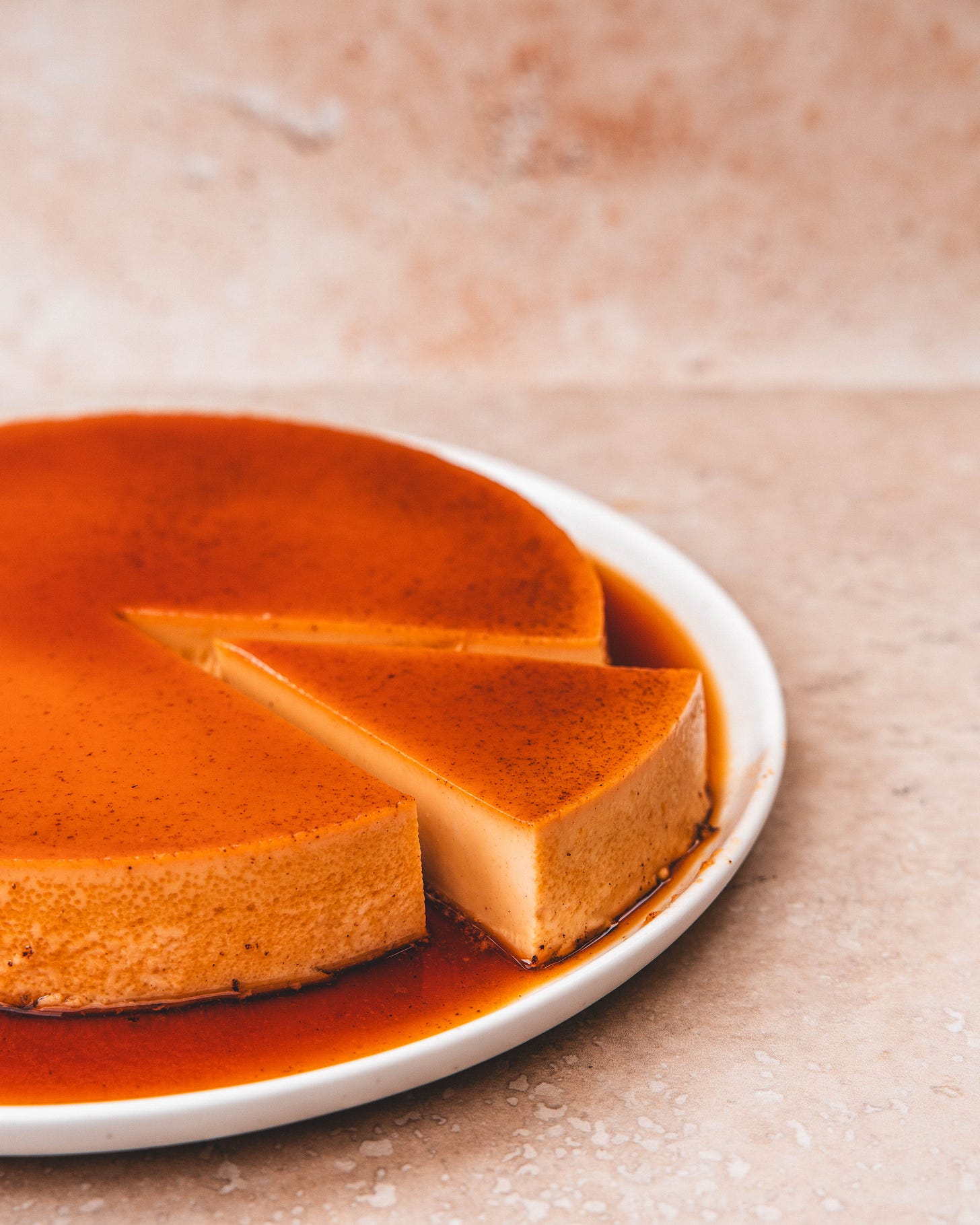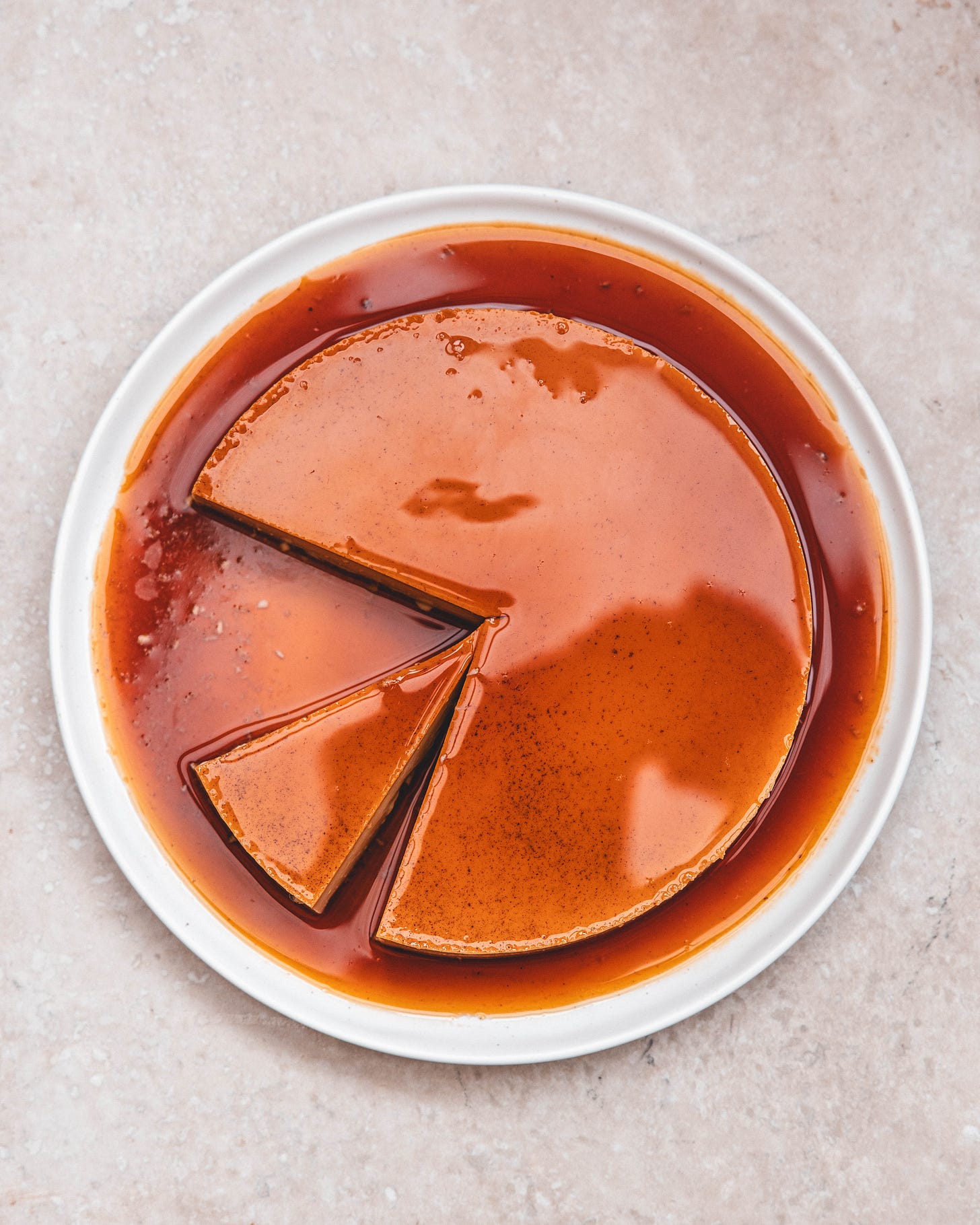Hello, Happy Friday!
🎉 Welcome to my newsletter, The Boy Who Bakes, a subscriber supported newsletter dedicated to all things baked. The below newsletter is an example of one of the weekly exclusive posts that are sent out to paid subsribers. It has been brought out from under the paywall to show you what type of content you can expect as a paid subscriber. For more weekly posts like this, you can upgrade to a paid membership and receive the weekly Second Helpings. It costs just £5 a month and as well as the weekly recipes that also unlocks access to the full archive of past recipes. To subscribe, to either the paid or free newsletter, click the link below.🎉
I don't know about you but this has been a busy week, I finished the final edit of Small Batch Cookies, getting it ready to send to the printers in the next week or so, an incredibly exciting but also nerve wracking moment. I try incredibly hard to ensure there are no mistakes in my books and if it wasn’t for the need to actually print and publish the thing I would probably never stop checking the manuscript for typos. Thankfully the book is in really good shape, thanks to my editor and copyeditor (and my anxiety about errors) and I’m excited for the first copy to land on my doorstep, but that probably wont happen until June or July. In the meantime I will continue to tease you with peeks at the project, trying to do anything I can to up those pre-orders! If you follow any authors you have almost definitely heard the same pitch, about why pre-orders are so important, but to summarise; pre-orders let retailers know there is interest in a book and they stock more copies and give better placements in store and online. So if you're thinking of getting a copy anyway, pre-ordering really helps. But enough about the book lets talk about Flan!
Because I was busy staring at a computer screen all week, I was craving something simple and for some reason I couldn’t get the idea of flan out of my head. When thinking about what the flavour could be, my partner Mike suggested Horchata and what a perfect combination of ideas that is. A baked caramel custard popular in Latin America paired with a rice milk drink also popular in Latin America. Flan is one version in a variety of baked custards and one version in a variety of baked custards with a caramel topping. Very closely linked to the French creme caramel the main difference seems to be what the custard is made from. Creme caramel is made from milk, sugar and eggs, in flan the custard is made with condensed milk, evaporated milk (although not always) and eggs. In some parts of Latin America, such as Mexico cream cheese is sometimes added. There is also a Philippino version of flan, called Leche Flan which is baked stovetop, and a Japanese version called Purrin, the world clearly loves custard! I wanted something closer to Mexican flan so I went with a mixture of condensed milk, evaporated milk, egg yolks and whole eggs and then comes the horchata element.
Horchata is again something that varies a lot depending on where it’s made. The drink can be traced back to North Africa where the drink was, and still is, made by soaking tiger nuts in water. The Moors brought the drink to Spain where it remains popular and where the tiger nuts remain the popular base for the drink. The popularity spread from Spain to Latin America but here it became a drink made with either rice, almonds or a mix of the two. Again depending on what country in Latin America you visit the drink will be made in a variety of ways, the rice milk variety is just the version that broke through and whose popularity spread worldwide. In Honduras, for example, the drink is made with a mix of rice and a licorice tasting seed. When I was researching horchata I even came across the Puerto Rican version made with sesame and rum which I will absolutely be giving a try this summer as a refreshing cocktail. The simplest version of the drink is made with water and simply flavoured and sweetened. Some are made extra creamy with the addition of milk or condensed milk but traditionally all of the creaminess comes from the rice or almonds.
To turn this drink into a flan I had two ideas, both worked but each idea has a very different level of work so have provided both so you can chose your own adventure and make whichever version you have the patience to make. You can opt for the simplest method using shop bought rice and almond milk or you can make something a bit more involved but with a boost of flavour that comes from making your own toasted rice milk infusion.
Horchata Flan
Serves 10
150g caster sugar
1 x 397g can condensed milk
1 x 410ml can evaporated milk (✳︎see note)
250ml horchata - see below
3 large whole eggs
4 large egg yolks
2 tsp vanilla extract
1/2 tsp fine sea salt
Shortcut Horchata
125ml unsweetened rice milk
125ml unsweetened almond milk
1/2 tsp ground cinnamon
Homemade Horchata
75g long grain rice
1 cinnamon stick
250ml whole milk
✳︎Whilst condensed milk seems to be sold in a universal manner, sold by weight in the same 14oz (397g) can all around the world the same is not true for evaporated milk. In the US for example condensed milk is sold most commonly using FL OZ (this is different from OZ) in 12 fl oz can (354ml) but in the UK the cans are sold by weight (410g being the closest to the American version). 410g of evaporated milk equates to 375ml so a difference of just 20ml. Thankfully this wont make a huge difference to your flan. But it is frustrating, for me at least.
If making the homemade horchata you need to start the process at least 6 hours before you want to make and assemble the flan. Place the rice and cinnamon stick into a dry frying pan and place over medium heat. Stirring occasionally, toast the rice until it is a golden colour and has a fragrant aroma. Tip the rice and cinnamon into a large jug and pour over the milk. Cover and refrigerate for at least 6 hours to infuse.
Remove the milk mixture from the fridge and pour everything into a high powered blender. Blend until the rice is as broken down as you can get it. Pour the milk mixture through a muslin cloth or ideally a nut milk bag, squeezing to get as much liquid from the mixture as possible. The aim is to get a super smooth mixture and not a grainy mixture. I tested this a few times and if the milk mixture is grainy, those little bits of rice seep into the caramel and create a very ugly and slightly grainy tasting dish, showing up especially in the caramel. The key is smooth smooth smooth. Once drained top with extra milk if you are left with any less than the 250ml you started with.
To make the flan mixture we first need to start with the caramel. Add the sugar to a small saucepan and place over medium heat. Cook, stirring occasionally, until the sugar has melted and is a deep coppery brown. Working very quickly, before the caramel has a chance to cool or thicken, pour into the bottom of a deep 8 inch cake pan (you can use a 9 inch pan if you’r pan is on the shallow side), swirling so that caramel coats the entire base of the pan evenly. Set aside until the caramel has set and cooled, about 15-20 minutes.
Preheat the oven to 150ºC (130ºC Fan)
For the custard you have two options, you can simply add everything, using either your from scratch horchata or your shortcut version, to a blender and process very briefly until a smooth custard is formed or you can add everything to a bowl and simply whisk together with a balloon whisk. For the blender technique you are likely to add more air to the mix so it will need straining a few times to get rid of any foamy layer (if too foamy it may seem like the custard wont fit in the 8-inch pan), but on the pro side, it’s incredibly quick. With the bowl technique you can control the adding of air more easily and use more of a stirring motion.
Pour the custard, through a fine mesh sieve, atop the caramel layer. If making the custard in a blender, straining it through a sieve a few times first will help to remove excess foaminess. Cover the cake pan with a tight layer of foil and place into a large roasting dish. Place the roasting dish into the oven and pour boiling water into the dish so that it comes about halfway up the side of the pan containing the flan. Bake for about an hour.
To check the flan has finished baking carefully remove the waterbath from the oven and carefully peel away the foil. The custard should be set around the edges but still have a wobble in the middle. The wobble should not look like a liquid but have a little bit of a gelatinous look to it, not firm and rubbery but more like a very loosely set jelly. If not quite set bake for a further 10 minutes before checking again. When fully baked from the waterbath from the oven and set aside to cool for at least an hour so that the custard cools down slowly, if the flan is removed from the oven and immediately transferred to the fridge there is a strong chance it will split as it cools. After an hour wrap the cake pan in clingfilm and refrigerate the flan overnight.
When ready to serve run a dull knife around the edge of the cake pan to release the flan. Place a serving plate atop the cake pan and very carefully invert to turn out the flan onto the plate. If baked correctly you should have a silky smooth flan sitting in a puddle of caramel. Once turned out the flan is best within a couple days.







